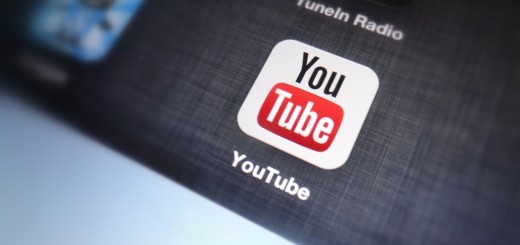Evolution at Cannes: Programmatic is Set for a Transformation to Ubiquity
As Cannes Lions kicks off this week, Andrew Buckman, OpenX, managing director, EMEA, assesses the role programmatic advertising technologies have to play at a conference where the emphasis has historically been on creativity, as opposed to tech innovation, including how the IoT will help propel the ubiquity of such technologies.
Programmatic has transformed the industry, bringing greater efficiency with real-time optimisation. However, when will programmatic move from cutting-edge to ubiquitous?
Is it when it becomes the number one priority for industry leaders? When it dominates almost 50% of the marketplace? Or when it begins to replace previous industry leviathans? By these parameters programmatic is on the brink of ubiquity, or it will be by the end of 2015.
During the past five years, programmatic has evolved from nascent to scale, and the approach is now adopted by 85% of advertisers. This dramatic uptake is hardly surprising given that ad trading prior to the birth of programmatic in 2009 often meant bulk buying, with little choice over inventory.
For publishers, programmatic has optimised the monetisation of content; while for brands it has brought the ability to specifically target their key audience, instantly. Programmatic is still continuing to evolve and its next incarnation is a topic that will dominate the conversation at Cannes this year. The increase in multi-screening will drive further connectivity, and integration with the Internet of Things (IoT) will make programmatic ubiquitous. As the IoT continues to create a global, interconnected ecosystem in which consumers are always accessible, programmatic is set to propel advertising to a new level — achieving ubiquity by serving targeted and relevant advertising to any device, anywhere, at any time.
An unstoppable union
Last year, the number of mobile devices globally was on course to exceed the world’s population and there will be 50 billion connected objects by 2020 – that amounts to approximately 26 devices per person. Through amalgamation with the IoT, programmatic will be able to serve more targeted and relevant advertising than ever before to a rapidly expanding audience. As each device falls under programmatic scope, digital advertising and marketing will continue to revolutionise.
Data-driven targeting and efficiency
Inherently based on the interests, activities, and preferences of individuals, programmatic achieves unprecedented targeting – serving ads on a one-to-one, impression-by-impression basis. As user interactions with connected devices provide a continuous loop of feedback, a new store of data will inform faster and better ad-serving decisions to create an individual connection.
These insights will be constantly refreshed as users interact with devices, enabling brands to construct hyper-targeted and cohesive campaigns where contextual advertising and compelling content can be delivered to give consumers a consistent, multi-channel experience. Consumers will give permission for this data to be used in return for the advertising they want to see – operating on a social contract basis.
With high-quality, first-party data flowing into programmatic systems — especially technology suites such as OpenX that combine buying and selling services — output will be instantly optimised. In real-time, programmatic will use incoming data to configure a vast number of variables — matching the right ad to the right consumer and delivering it at the ideal moment. Ads will not only be relevant, they will also be personal.
Better standards for enhanced delivery
Over 80% of current advertising adheres to IAB criteria, which has facilitated the ascent of mobile, video, and other rich media formats. While consistent benchmarks have so far enabled digital advertising to reach scale; the IoT will present a new challenge for industry standardisation. With multiple devices and industry verticals involved, it will be crucial to establish an agreed industry standard that will determine ad formats and enable devices to communicate efficiently.
At present, an array of standards are being proposed, from Google’s Thread — intended to create better connections between household devices — to Intel’s Open Interconnect Consortium — presented as an open source collaboration that connects small devices and companies.
With so much personal information exchanging hands, it will be vital to establish standards for accessing data. To protect user privacy, brands will need to be transparent about enabling consumers to control permissions, offering regular updates or issuing data utilisation contracts with smart devices. But with each platform and manufacturer still functioning in isolation, unity and further development are needed to secure the interoperability of the IoT and the future of programmatic ubiquity.
With the IoT continuing to forge a connected global community, discussions about the next stage of programmatic technology will be a hot topic at Cannes this year. While it may require a little more development, programmatic will soon herald a new era of ultra-targeted, efficient advertising – everywhere.
Follow Andrew Buckman on Twitter here.
The post Evolution at Cannes: Programmatic is Set for a Transformation to Ubiquity appeared first on ExchangeWire.com.



